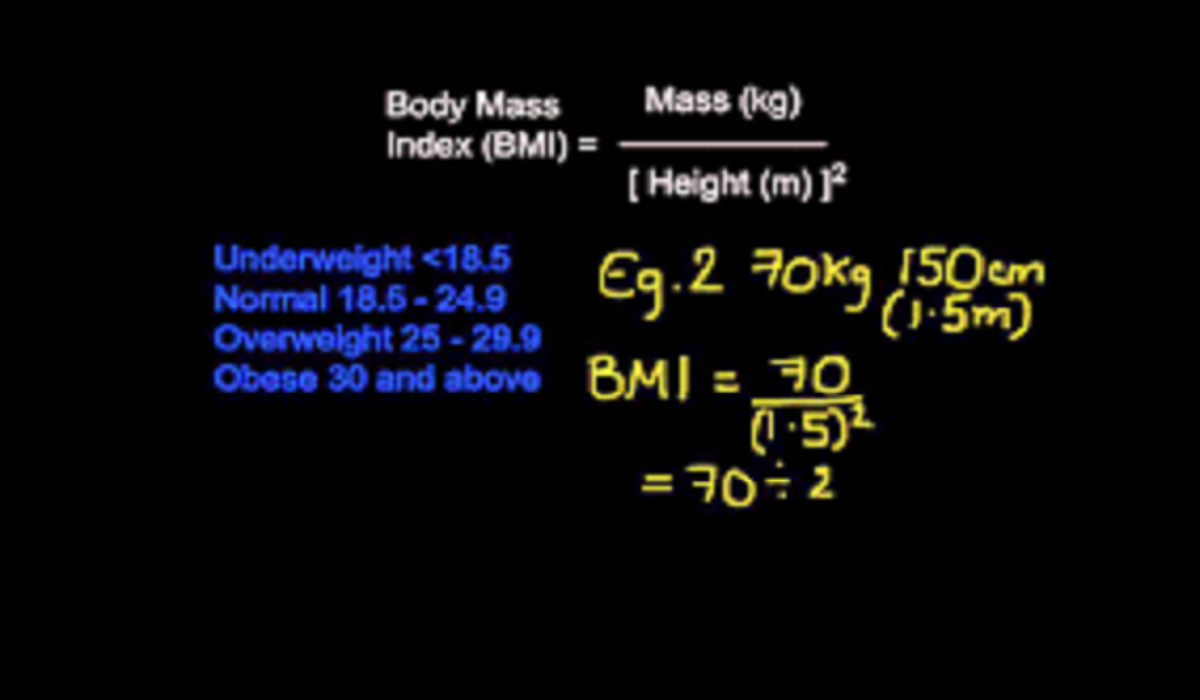Calculate Your Body Mass Index
Calculate Your Body Mass Index: Body Mass Index (BMI) is a numerical value derived from a person’s weight and height. It is a simple screening tool used to categorize individuals into different weight statuses, such as underweight, normal weight, overweight, and obese.
Why is BMI Important?
BMI helps assess potential health risks related to weight. A high or low BMI may indicate nutritional deficiencies, metabolic disorders, or increased risks for chronic diseases like diabetes and heart disease.
Limitations of BMI
While BMI is useful, it doesn’t account for muscle mass, bone density, or fat distribution. Athletes with high muscle mass may have a high BMI but low body fat, leading to misclassification.
How to Calculate BMI?
BMI Formula
The standard BMI formula is:
- Metric Units: BMI = Weight (kg) / (Height (m))²
- Imperial Units: BMI = (Weight (lbs) / (Height (in))²) × 703
Step-by-Step Calculation Guide
- Measure your weight in kg (or lbs).
- Measure your height in meters (or inches).
- Plug the values into the formula.
- Compare your result with BMI categories.
BMI Calculation Examples
Example 1 (Metric):
- Weight = 70 kg
- Height = 1.75 m
- BMI = 70 / (1.75 × 1.75) = 22.86 (Normal Weight)
Example 2 (Imperial):
- Weight = 160 lbs
- Height = 65 inches
- BMI = (160 / (65 × 65)) × 703 = 26.6 (Overweight)
Frequently Asked Questions (FAQs)
1. What is a healthy BMI range?
A healthy BMI ranges between 18.5 and 24.9. Below 18.5 is underweight, 25-29.9 is overweight, and 30+ indicates obesity.
2. Can athletes have a high BMI but be healthy?
Yes, athletes with high muscle mass may have a high BMI but low body fat, making BMI less accurate for them.
3. How often should I check my BMI?
It’s good to check every 3-6 months if you’re monitoring weight changes.
4. Is BMI different for men and women?
The same formula applies, but body composition varies. Women naturally have higher body fat percentages.
5. Can children use the same BMI formula as adults?
No, children’s BMI is age and gender-specific, measured in percentiles rather than fixed categories.
Conclusion
BMI is a useful screening tool, but it shouldn’t be the only health metric. Combine it with other measurements like waist circumference and body fat percentage for a complete health assessment.






